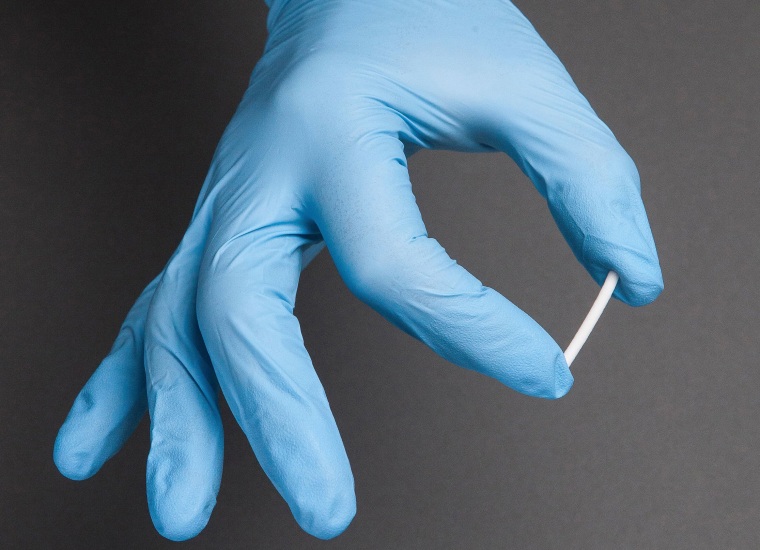President Barack Obama will announce Wednesday that he is making America’s opioid and heroin epidemic a top priority for his administration.
The White House is expected to ask Congress for $1.1 billion in new funding to expand access to lifesaving treatment, particularly the drug buprenorphine, as well as to strengthen prescription drug monitoring, enable safe disposal of unneeded drugs, and accelerate research on pain and opioid misuse and overdose.
"More people die of drug overdoses in the U.S. than in car crashes," said Secretary of Health and Human Services Sylvia M. Burwell.
The government funds earmarked for treatment would be funneled directly to states.
"Only 12 percent of people who need treatment are getting it," said Michael Botticelli, director of the National Drug Control Policy. "If you need it, you should be able to access it."
Related: To Cut Opioid Abuse, Watch Doctors, Study Says
Rural areas in states such as Kentucky and Tennessee have been particularly hard hit over the years, and this new funding strategy will help them meet their unique needs, the White House said.
West Virginia, which is No. 1 in the nation for its rate of drug poisoning deaths, will be eligible to receive up to $10 million over two years to expand access to treatment for opioid use disorders.
One other key element of this new policy will be to raise the cap on the number of patients that physicians can treat with buprenorphine, a drug used to treat opioid addiction.
Providers, policymakers, advocates and experts have pointed to the current 100-patient limit for buprenorphine prescribing as a barrier to opioid use disorder treatment.
The new rule aims to increase access to medication and behavioral therapy for tens of thousands of people with opioid use disorders, while preventing it from landing in the hands of people who shouldn’t get it.

